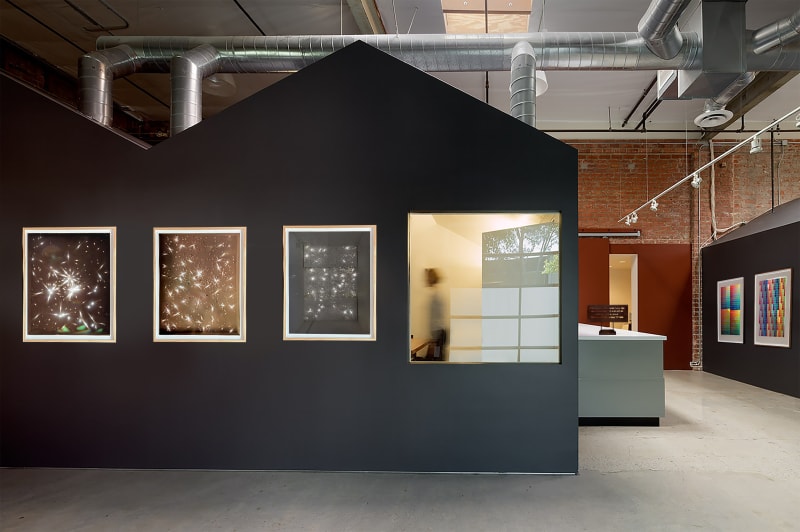The Lapis Press is a boutique fine art printing and publishing studio specializing in museum-quality inkjet prints. In addition to offering pay-for-print services, Lapis collaborates with contemporary artists to produce and publish limited editions. Over the years, it has fostered a dynamic, collaborative environment where artists can realize work across a range of media—from pigment prints on paper to bronze sculpture. The quality and resonance of the editions produced are a direct result of the long-term relationships Lapis builds with its artists.
The History of Lapis
The Lapis Press was founded in 1984 by artist Sam Francis with the goal of producing unusual and timely texts in visually compelling formats. Published editions comprised poetry, fiction, and essays on contemporary art, philosophy, literature and Jungian psychology. During this time, The Lapis Press also published books created in collaboration with significant contemporary artists. These livres d'artiste employed a variety of media including lithographs, etchings, and letterpress, printed on specially selected papers and bound by hand.
After the death of Sam Francis in 1994, The Lapis Press honored his legacy of collaboration by producing a series of etching editions with artists such as Vija Celmins, Rebecca Horn, Anish Kapoor, Guillermo Kuitca, Ed Moses, Gabriel Orozco, Guiseppe Penone, Martin Puryear, David Reed, Ed Ruscha, Niki de Saint Phalle, Robert Therrien and Christopher Wool.
When the Estate of Sam Francis closed in 2004, The Lapis Press embarked on a new program designed to create synergy between the dynamic art scene outside of America and the vitality of the blossoming cultural climate in Los Angeles. From 2005-2012 Lapis hosted an artist residency program for visiting artists. Residency artists included, Elger Esser, Georg Herold, Graciela Iturbide, Rinko Kawauchi, Stephen Shore, THE LA BREA MATRIX (Jens Liebchen, Max Regenberg, Oliver Sieber, Olaf Unverzart, Robert Voit and Janko Woltersmann), Doktor Lakra and Didier Vermeiren.
The Lapis Press continues to honor Sam Francis's legacy of collaboration by embracing new technologies and techniques. The Lapis Press has been described as an artist's toolbox— evolving with the ever-expanding scope of an artist's imagination.
